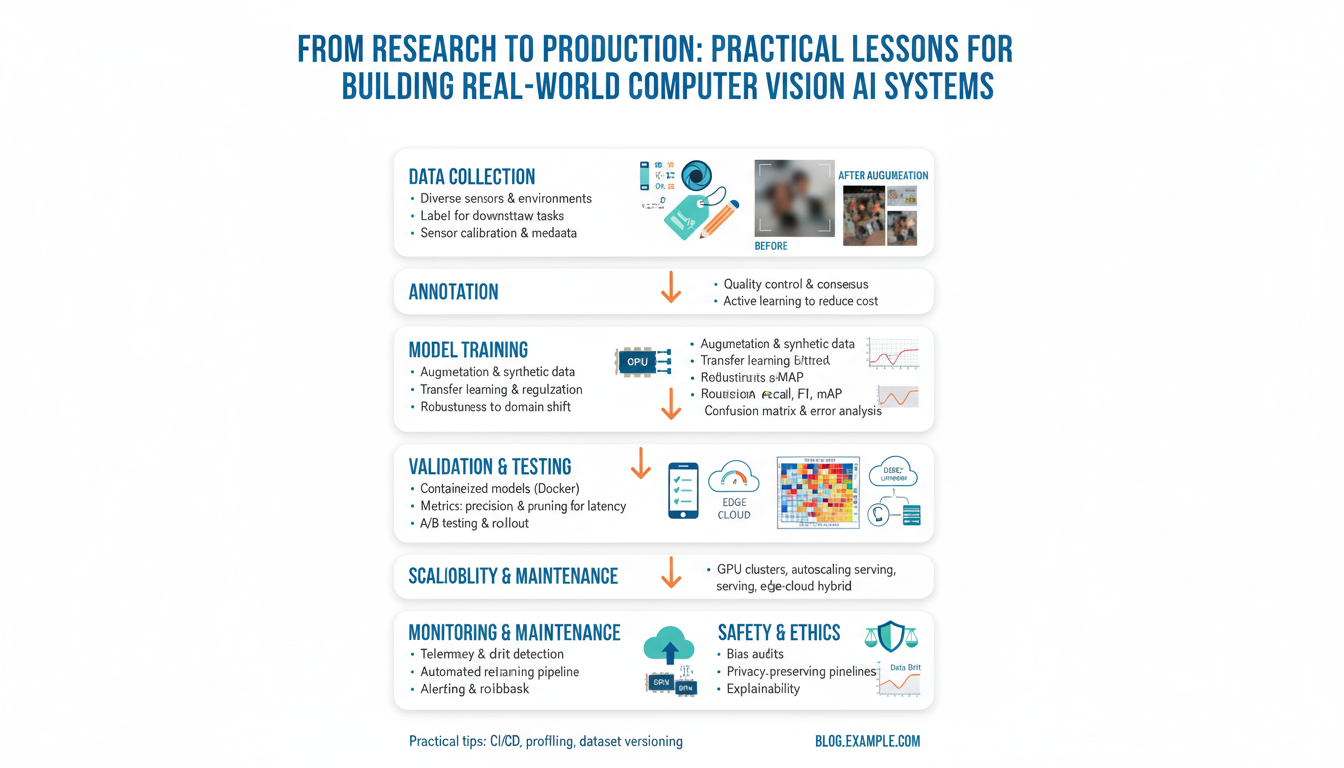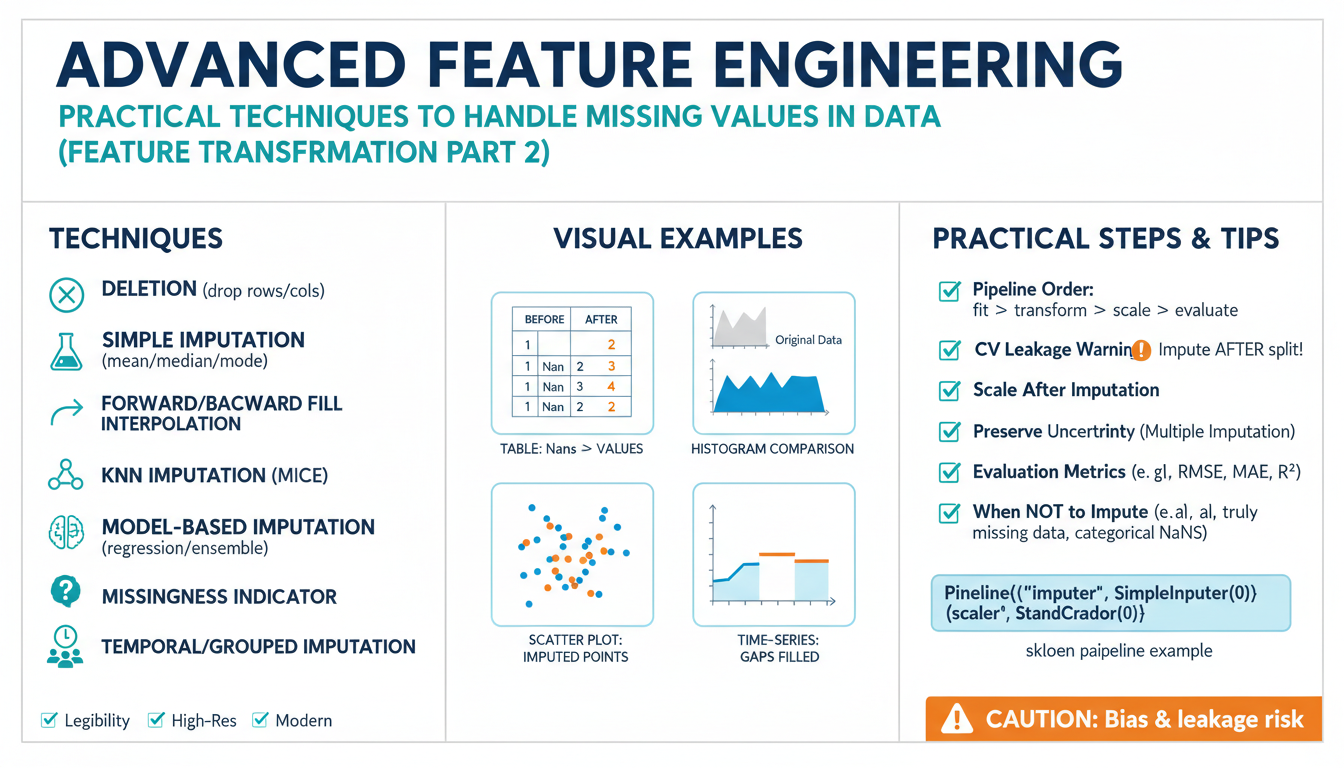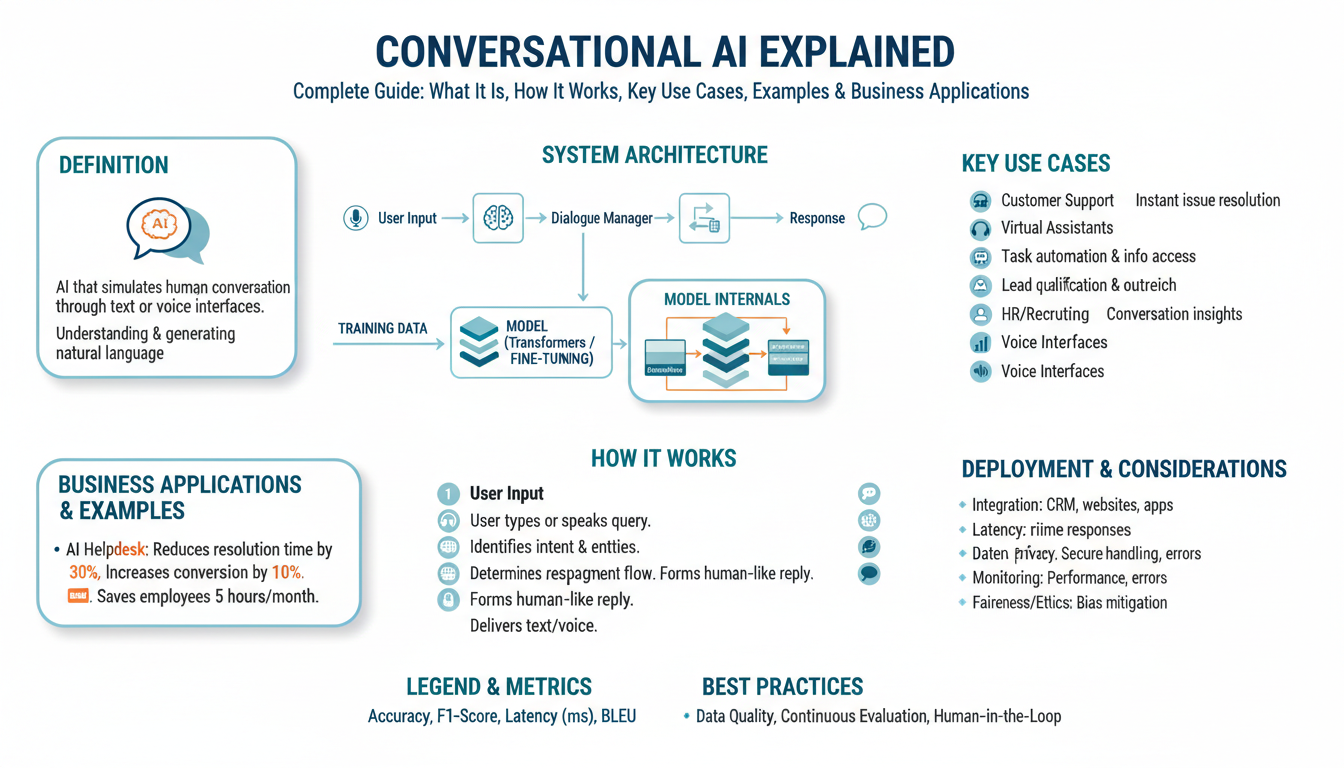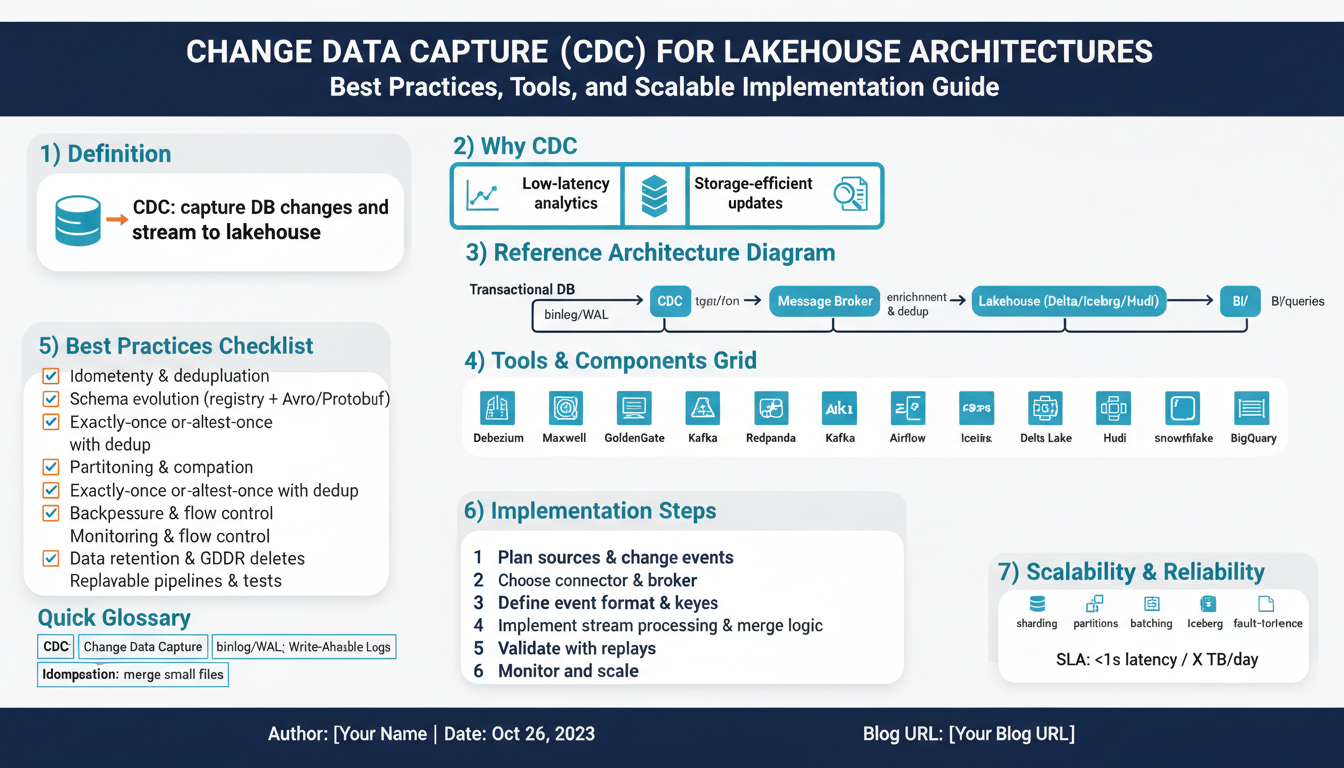What’s New in ChatGPT 5: Key Features for Entrepreneurs
The latest evolution of OpenAI’s conversational AI, ChatGPT 5, brings several transformative advancements that position it as an indispensable tool for entrepreneurs aiming to scale productivity, streamline workflow automation, and unlock new pathways for online income generation. Here’s a comprehensive breakdown of ChatGPT 5’s stand-out features for entrepreneurial minds, delving into their practical implications, workflow integrations, and real-world applications.
1. Real-Time Data Integration and Market Analysis
ChatGPT 5 offers seamless access to real-time data, connecting directly with market feeds, analytics platforms, and business databases. This makes it an invaluable ally for entrepreneurs who require up-to-the-minute insights for quick, informed decision-making. For example, you can query ChatGPT 5 for the latest trends in a target market or request detailed competitive analyses.
- Step-by-Step Example: Launch a market research session by instructing ChatGPT 5 to pull current trends on a product category, cite sources, and provide a SWOT analysis—all in one conversation thread.
- Facilitate complex decision-making, such as pivoting your ecommerce strategy based on live competitor inventories and customer sentiment gleaned from social channels.
See how real-time analytics are transforming business decisions in this McKinsey report.
2. Multimodal Content Creation
Beyond text, ChatGPT 5 excels in generating and editing images, audio, and even video, harnessing advanced multimedia capabilities. This enables entrepreneurs to create high-quality social media posts, product demos, explainer videos, and branded podcasts—all with a few prompts.
- Step-by-Step Example: Request a script and visual storyboard for a new YouTube campaign. Then, have ChatGPT 5 produce a matching voiceover and thumbnails, ready for publishing.
- Quickly localize marketing materials for global markets by generating translations and adapting visual content style for different cultural audiences.
This alone can significantly cut content production costs and timelines, as supported by Harvard Business Review’s research on generative AI in marketing.
3. Autonomous Task Management and Workflow Automation
With built-in, no-code workflow automation, ChatGPT 5 doubles as a virtual operations manager. Entrepreneurs can set up recurring tasks—everything from customer follow-ups to inventory checks—entirely within chat, integrating with tools like Slack, Google Workspace, Shopify, and more.
- Step-by-Step Example: Configure ChatGPT 5 to automatically summarize and route customer service tickets to the right department, or initiate a weekly analytics report delivery to your inbox.
- Create dynamic reminders and actionable checklists that update in real-time based on business data inputs.
Learn more about the impact of workflow automation on small businesses from the U.S. Small Business Administration.
4. Enhanced Personalization for Customer Engagement
ChatGPT 5 goes beyond generic responses by leveraging advanced user profiling and contextual memory, allowing entrepreneurs to offer deeply personalized customer experiences. The AI remembers customer preferences, purchase history, and conversational context to tailor responses and suggestions.
- Step-by-Step Example: Deploy ChatGPT 5 as a chatbot on your ecommerce store; it proactively recommends products based on customers’ previous visits and resolves queries with human-like warmth and emotional intelligence.
- Use ChatGPT 5 to create segmented, personalized email marketing campaigns by dynamically generating content based on subscriber behavior and engagement metrics.
For a primer on the value of personalization in digital business, check out this Deloitte insights article.
5. Advanced Security and Compliance
Recognizing the increasing importance of data privacy and regulatory compliance, ChatGPT 5 incorporates enterprise-grade encryption, compliance monitoring, and conversation anonymization protocols. Entrepreneurs dealing with sensitive data will benefit from these robust safeguards, enabling the safe automation of legal, HR, and financial tasks.
- For example, automate the creation of GDPR-compliant privacy notices or secure document exchanges directly within a chat interface.
Understand the security standards for AI in business with advice from NIST’s AI Resource Center.
With these pioneering features, ChatGPT 5 is not just a conversational assistant—it’s a multifaceted business tool built for visionaries ready to seize the opportunities of 2025 and beyond.
Top Ways to Monetize With ChatGPT 5 in 2025
1. Launch AI-Powered Content Creation Services
With ChatGPT 5’s improved language understanding and creative capabilities, offering content creation as a service has never been more lucrative. Bloggers, businesses, marketers, and even academic institutions seek high-quality articles, marketing copy, social media posts, and product descriptions. Here’s how to start:
- Identify Your Niche: Focus on high-demand sectors like finance, health, or technology. Use industry resources to research trends.
- Set Up a Portfolio: Create sample works with ChatGPT 5 and publish them on a website or platforms like Upwork.
- Automate Workflows: Use ChatGPT 5’s API integrations to handle client requests efficiently.
- Showcase Proven Results: Display before-and-after snippets or ROI improvements to attract clients.
For more on leveraging AI for content, see Content Marketing Institute.
2. Develop Chatbot Solutions for E-commerce and Customer Support
Businesses prioritize customer support and lead generation, making AI chatbots built on ChatGPT 5 a top monetization channel. ChatGPT 5 enables dynamic, 24/7 bots that can handle customer queries, product recommendations, and service troubleshooting:
- Identify Target Markets: Small to medium e-commerce stores and SaaS companies often seek affordable automated solutions.
- Build Custom Bots: Use ChatGPT 5’s updated API to create versatile bots, integrating tools like Google Dialogflow or Microsoft Bot Service.
- Offer Maintenance Packages: Extend your earnings with support and updates contracts.
According to industry analysis at McKinsey Digital, businesses adopting AI for support reduce costs by up to 30% and improve customer satisfaction.
3. Create and Sell AI Educational Products and Training
With workplaces scrambling to keep up with AI advancements, educational content and courses focused on using ChatGPT 5 are in high demand:
- Develop Online Courses: Teach users how to employ ChatGPT 5 for business automation, writing, or coding. Platforms like Coursera or Udemy make publishing straightforward.
- Write E-books or Guides: Comprehensive e-books such as “Mastering ChatGPT 5” can attract a professional audience.
- Host Webinars & Workshops: Offer live sessions on maximizing productivity or creative applications with ChatGPT 5.
Check out edX’s AI learning hub for inspiration on structuring high-value AI courses.
4. Automate and Enhance Affiliate Marketing Campaigns
ChatGPT 5 can analyze trends, create high-converting copy, and even optimize SEO strategies for affiliate marketers. Here’s how to leverage its power:
- Niche Research: Use ChatGPT 5 to sift through industry reports from sources such as Statista to uncover untapped markets.
- Content Creation: Generate persuasive reviews, blog posts, and email campaigns to drive traffic and conversions.
- Performance Tracking: Analyze results and tweak campaigns in real time with ChatGPT 5’s analytical tools.
To further your affiliate strategy, consider advice from Amazon Associates and leading affiliate marketing blogs.
5. Offer AI-Powered Consulting Services
Companies in every sector, from healthcare to education, need expertise to integrate AI tools like ChatGPT 5. Consulting offers a highly profitable avenue:
- Conduct Needs Assessments: Analyze a company’s workflow and suggest AI-driven enhancements.
- Provide Custom Solutions: Develop tailored implementations of ChatGPT 5 to streamline operations or improve decision-making.
- Ongoing AI Optimization: Guide clients through updates, compliance, and evolving best practices. Review recommendations from Harvard Business Review on managing AI adoption.
Building Passive Income Streams Using ChatGPT 5 Automation
Building passive income has long been the holy grail for entrepreneurs and digital creators. Thanks to ChatGPT 5 and its advanced automation capabilities, establishing diverse passive income streams is more attainable than ever before. Let’s explore in detail how you can leverage this groundbreaking AI to unlock steady revenue with minimal daily effort.
1. Automated Content Creation for Affiliate Marketing
Affiliate marketing continues to be one of the most popular passive income models. With ChatGPT 5, you can rapidly produce high-quality articles, reviews, and email newsletters that promote products relevant to your niche.
- Step 1: Use ChatGPT 5 to research trending keywords and products, drawing on data from tools like Ahrefs.
- Step 2: Configure automated article and email sequence templates that insert affiliate links naturally into content.
- Step 3: Schedule the AI to publish blog posts and send newsletters regularly, turning your content into a continuous source of affiliate commissions.
For deeper insight into affiliate marketing, refer to this comprehensive affiliate marketing guide by HubSpot.
2. E-book and Digital Product Automation
Writing, editing, and publishing e-books through platforms like Amazon KDP or selling templates and courses on Udemy has never been easier. ChatGPT 5’s creative prowess allows you to automate almost every aspect of digital product development.
- Step 1: Use ChatGPT 5 to brainstorm and outline content for books or digital guides, ensuring relevance and accuracy with references from trusted academic sites like Google Scholar.
- Step 2: Leverage AI-based editing and formatting features to create polished, ready-for-publication manuscripts.
- Step 3: Set up automated marketing emails and social media posts to drive downloads and sales on autopilot.
Digital product automation platforms integrate seamlessly with AI-powered content generators to streamline this process. Find more tips in this Entrepreneur.com article on digital product income.
3. Automated Customer Support and SaaS Bots
Software as a Service (SaaS) products—especially those powered by AI—can run sales, onboarding, and technical support processes around the clock, providing ongoing value and revenue.
- Step 1: Deploy ChatGPT 5-powered chatbots on your website and within your product dashboard to answer common customer questions and guide onboarding without human intervention.
- Step 2: Integrate these bots with payment systems, helpdesk software, and CRM tools to fully automate subscriptions, support tickets, and user upgrades.
- Step 3: Regularly review AI insights and analytics to improve retention and upsell opportunities, making your SaaS truly set-and-forget.
To understand the evolution of AI customer support, visit this Harvard Business Review feature on generative AI in customer service.
4. Passive Lead Generation and List Building
Email marketing remains a fundamental tool for passive income. With ChatGPT 5, you can automate opt-in funnel creation, lead nurturing, and even personalized follow-ups at scale.
- Step 1: Set up a chatbot or landing page, built and optimized by ChatGPT 5, to capture email addresses and important user information.
- Step 2: Program the AI to send lead-magnet offers, onboarding nurtures, and product recommendations tailored to each lead’s interest—entirely on autopilot.
- Step 3: Analyze campaign performance with built-in reporting and optimize flows based on real-time feedback and AI-suggested improvements.
Read more about effective list building in this guide from Mailchimp.
5. Licensing AI-Generated Assets
AI isn’t limited to text. With the visual, audio, and video capabilities of ChatGPT 5, you can create and license graphics, music, stock videos, and even code scripts, generating royalties with almost no ongoing work.
- Step 1: Generate creative assets (e.g., logos, stock images, or video clips) with ChatGPT 5 and submit them to marketplaces like Shutterstock or Pond5.
- Step 2: Set up a portfolio and automate the upload and metadata process to maximize discoverability.
- Step 3: Monitor sales and royalties through dashboard integrations, letting you benefit from worldwide customers seeking on-demand content.
For more on licensing creative works, see this thorough introduction from U.S. Copyright Office.
By harnessing the intelligence and automation of ChatGPT 5, anyone can diversify into truly hands-off income streams—with each step made simpler and more scalable than ever before. The era of AI-powered passive income has arrived; embrace it and watch your earnings multiply while you sleep.
Best Prompts and Strategies for High-Value Clients
Understanding High-Value Clients: Who They Are and What They Want
High-value clients aren’t just “big spenders” — they are decision-makers seeking expertise, efficiency, and unique results. These clients often represent established businesses or organizations, and they value professionalism, rapid communication, and proven outcomes. Getting into their circle requires more than generic prompts; it demands an understanding of industry pain points and a proactive approach to delivering value.
- Research the industries your target clients belong to using resources like Harvard Business Review.
- Identify the most common needs by analyzing case studies on McKinsey & Company or Deloitte.
- Create buyer personas to visualize their goals, challenges, and decision-making processes.
Crafting Tailored Prompts That Solve Specific Client Problems
For high-ticket clients, generic AI prompts fail to impress. Instead, create prompts that address their unique bottlenecks, whether that’s saving time, increasing revenue, or driving innovation. The more specific the prompt, the higher perceived value.
- Identify Core Challenges: Ask clients about their daily workflow or review their public materials for recurring pain points. For instance, an e-commerce firm might struggle with customer churn.
- Co-Create Prompts: Workshop prompt ideas with your clients. Instead of “Generate blog topics,” try “List five SEO-optimized blog post topics that address recent changes in EU data privacy laws for e-commerce executives.”
- Iterate and Personalize: Gather feedback and refine. Use frameworks like those found at SBA or Coursera’s business strategy courses to deepen your understanding.
Proven Prompt Strategies for Maximum ROI
High-value engagements are less about quantity and more about transformative results. Here are several strategies, with clear steps and examples:
-
Consultative Brainstorming:
Step 1: Understand industry jargon and trends (use resources like Statista or Gartner Research).
Step 2: Set up prompts such as, “Summarize the top five AI-driven strategies implemented by leading fintech firms in 2024, with actionable next steps for a mid-sized SaaS business.”
Example: A prompt tailored for a digital marketer could ask for specific automation trends relevant to their exact audience segment. -
Competitive Analysis Generation:
Step 1: Collect competitor names and key metrics using public data (Crunchbase is a great start).
Step 2: Structure a prompt: “Create a side-by-side comparison of competitor product features, user feedback, and pricing for the U.S. B2B SaaS market in 2025.”
Example: For a legal consultancy, request an AI-generated whitepaper contrasting legal tech tools, referencing ongoing industry reviews. -
Scenario-Based Personalization:
Step 1: Present business cases or hypothetical challenges.
Step 2: Ask ChatGPT for solution frameworks: “Outline a crisis communication plan for a fintech startup facing a major data breach, tailored to European data laws.”
Example: An insurance agency might use prompts customized for different natural disaster scenarios based on recent WHO reports.
Advanced Prompt Templates for Specialized Services
High-value clients often need output that accelerates their growth—think full proposals, strategic roadmaps, or in-depth whitepapers. Establish a library of modular prompt templates, ready for customizing based on your client’s vertical.
- Strategic Plan Builder: “Develop a 12-month digital transformation roadmap for a healthcare provider with 200+ staff, focusing on regulatory compliance and EHR integration.”
- Expert Synthesis: “Summarize the most cited peer-reviewed medical studies from the last two years on telemedicine’s impact on rural patient outcomes.”
- Multi-Language Output: “Translate and localize an employee onboarding manual for multinational tech teams, ensuring regional compliance and cultural nuance.”
Best Practices: Communication, Upselling, and Client Education
Elite clients value efficiency and foresight. Communicate proactively, keeping them informed of new prompt updates or AI capabilities. Upsell by suggesting additional use cases based on their evolving needs, and always be prepared to educate them about responsible AI use. Direct them to trusted sources, like Google AI Responsibility or IBM Responsible AI, to build confidence and trust.
By focusing on truly bespoke solutions, leveraging research-backed frameworks, and consistently delivering measurable value, you’ll not only capture high-value clients but retain them in your roster for years to come.
Turning ChatGPT 5 Into Your Digital Marketing Assistant
Imagine having the power of a digital marketing agency at your fingertips, 24/7. That’s precisely what ChatGPT 5 can offer when you harness its advanced AI capabilities as your go-to digital marketing assistant. With its deep learning algorithms, natural language processing, and seamless integrations with digital tools, ChatGPT 5 can help you elevate your online marketing game to new heights. Here’s how to get started and maximize its potential:
1. Task Automation Made Effortless
One of the biggest challenges for digital marketers is juggling endless to-do lists—email campaigns, content creation, social media updates, data analysis, and more. ChatGPT 5 can automate repetitive tasks, saving valuable time and reducing human error. For example, you can train your chatbot to:
- Draft and personalize email marketing sequences based on user data or past engagement.
- Schedule and post social media content across multiple platforms.
- Generate dynamic ad copy that’s optimized for clicks and conversions.
With simple prompts, you can instruct ChatGPT 5 to manage recurring marketing activities, turning hours of work into just a few minutes.
2. Data-Driven Decision Making
Successful digital marketing hinges on smart, data-backed choices. ChatGPT 5 can analyze traffic, campaign performance, customer behavior, and more—providing actionable insights almost instantly. Here’s how you can use it:
- Ask it to summarize and interpret reports from Google Analytics or Facebook ads.
- Request actionable recommendations on improving website conversion rates or reducing ad spend waste.
- Forecast outcomes using built-in AI models that can predict future trends from current data (Forbes Tech Council).
Simply upload or link your data, and let ChatGPT 5 crunch the numbers—no advanced analytics know-how required.
3. SEO & Content Strategy Like a Pro
Creating high-quality, targeted content is at the heart of digital marketing. ChatGPT 5 doesn’t just write blog posts; it can:
- Analyze top-performing content in your niche and suggest SEO best practices.
- Generate keyword-rich outlines, FAQs, and headlines tailored for your target audience.
- Optimize older content to enhance search engine rankings by updating statistics, improving readability, and increasing engagement.
As an example, prompt ChatGPT 5 to audit your website’s blog section, and within moments, it will present a prioritized action plan for on-page optimizations and new topic recommendations.
4. Conversational Sales Funnels & Customer Engagement
AI chatbots have evolved far beyond simple Q&A. ChatGPT 5 can design interactive sales funnels, respond to leads in real time, and provide highly personalized recommendations — increasing both customer satisfaction and conversions. Some practical steps include:
- Developing automated lead qualification scripts that walk prospects through your sales process.
- Offering tailored product suggestions based on customer behavior or previous interactions.
- Responding to objections dynamically, addressing concerns with relevant information and building trust.
This hands-on AI assistant can relieve pressure on your customer support team while also opening up new sales opportunities around the clock.
5. Multichannel Marketing Campaigns: Seamless Integration
ChatGPT 5 integrates effortlessly with popular marketing tools—like email platforms, CRM software, and ad managers—enabling seamless, multichannel campaigns. For instance:
- Sync ChatGPT 5 with your email service to personalize messages at scale and monitor open/click rates for ongoing improvements.
- Connect with your CRM to nurture leads via automated follow-ups and reminders.
- Utilize APIs to trigger workflows across tools like HubSpot, Mailchimp, or Zapier (Zapier).
With ChatGPT 5 as your assistant, you gain a unified dashboard, intelligent automation, and unprecedented control over your entire marketing ecosystem.
By leveraging the advanced features of ChatGPT 5, you can work smarter—not harder—unlocking unprecedented productivity and marketing effectiveness. Ready to transform your workflow and results? Start implementing these AI-driven strategies today.
Scaling Your Business With AI-Powered Workflows
AI-powered workflows are rapidly transforming the way businesses operate, from startups to industry leaders. By incorporating tools like ChatGPT 5, entrepreneurs and business owners can automate repetitive tasks, uncover efficiencies, and scale profitably. Let’s break down how to leverage these powerful workflows for maximum impact.
Identifying High-Impact Workflow Opportunities
The first step in scaling your business with AI is pinpointing which processes can benefit most from automation. Typically, high-impact areas include:
- Customer Support: Automate responses to FAQs and support tickets using advanced chatbots, reducing overhead and freeing up human resources for complex tasks. See how industry leaders are applying AI in customer engagements at Harvard Business Review.
- Content Creation: Use AI to generate blog posts, newsletters, and marketing copy at scale. Not only does this speed up content production, but it also maintains consistency and quality.
- Sales Outreach: Automate lead generation and email outreach, allowing your team to focus on closing deals rather than manual prospecting.
Evaluate your current workflows and list all repetitive, time-consuming tasks that could be streamlined through AI intervention.
Designing AI-Driven Automation Systems
Having identified potential applications, the next stage is designing and integrating AI-powered workflows. Here’s a step-by-step example for automating lead qualification:
- Data Collection: Set up web forms and landing pages that feed directly into an AI tool like ChatGPT 5.
- Initial Screening: Use AI to analyze responses and segment leads based on predefined criteria.
- Automated Nurturing: Schedule chatbots to follow up with personalized messages, answer basic queries, and deliver tailored content.
- Handoff to Sales: Forward only the most qualified leads to your sales team for a human touch, ensuring efficiency and focus.
Check out this McKinsey report on AI’s impact for real-world examples.
Monitoring, Optimization, and Continuous Learning
AI workflows are only as effective as their results. It’s essential to establish ongoing monitoring and optimization routines. Techniques include:
- Performance Tracking: Use analytics tools to monitor key metrics (response times, conversion rates, customer satisfaction).
- Feedback Loops: Solicit feedback from team members and clients to identify workflow bottlenecks or deficiencies.
- Update and Train: Continuously feed the AI new data and retrain models to adapt to changing business needs, ensuring relevance and improvement over time.
For more on integrating feedback into AI training cycles, see the MIT AI research hub.
Scaling Responsibly with AI
While AI offers powerful tools for growth, it’s crucial to implement them ethically and transparently. Ensure your workflows comply with data privacy laws (GDPR), and communicate clearly with clients when interacting with AI.
By methodically identifying, designing, and scaling AI-powered workflows, you’ll position your business to grow efficiently, sustainably, and ethically—ready for the future of work.



